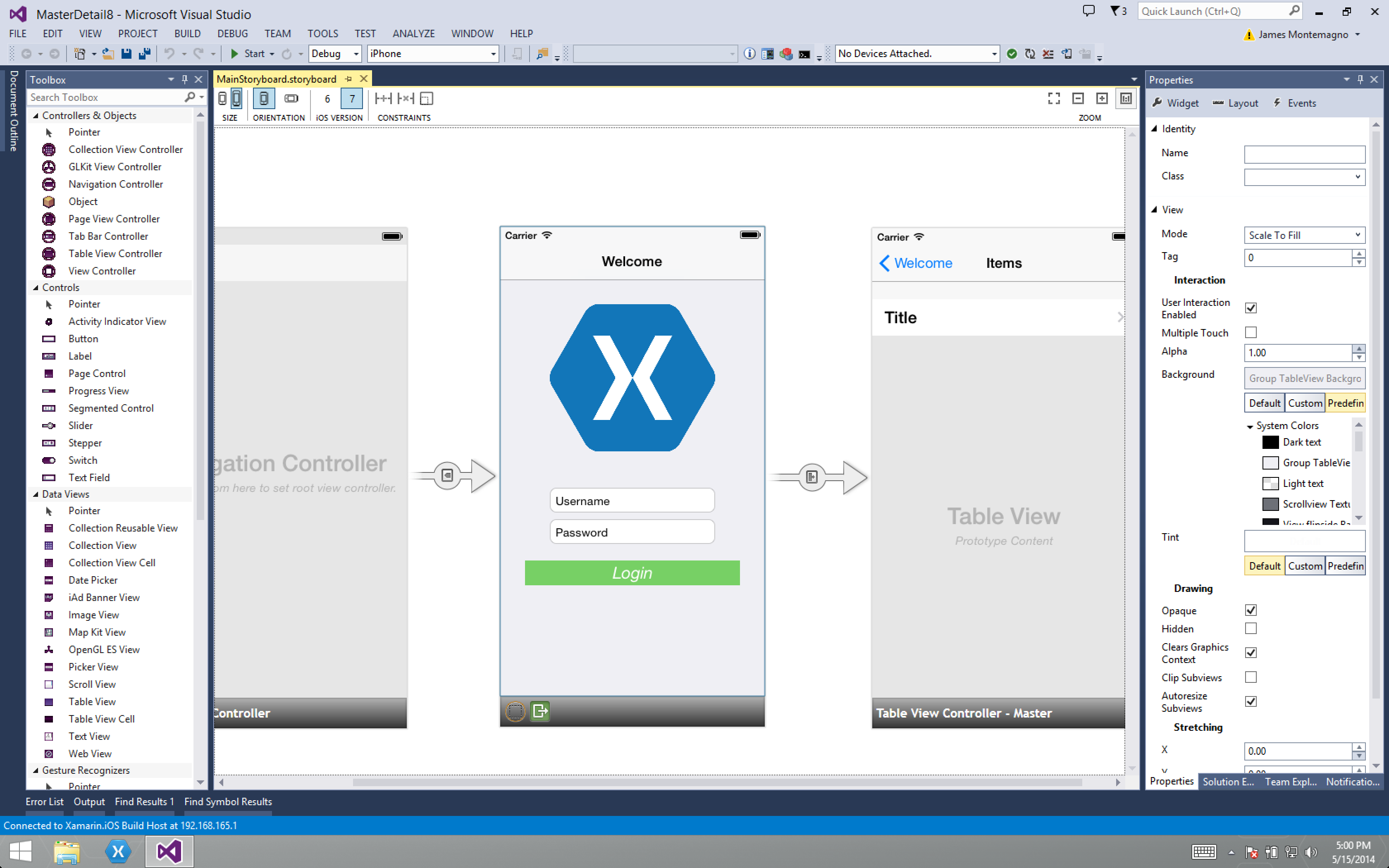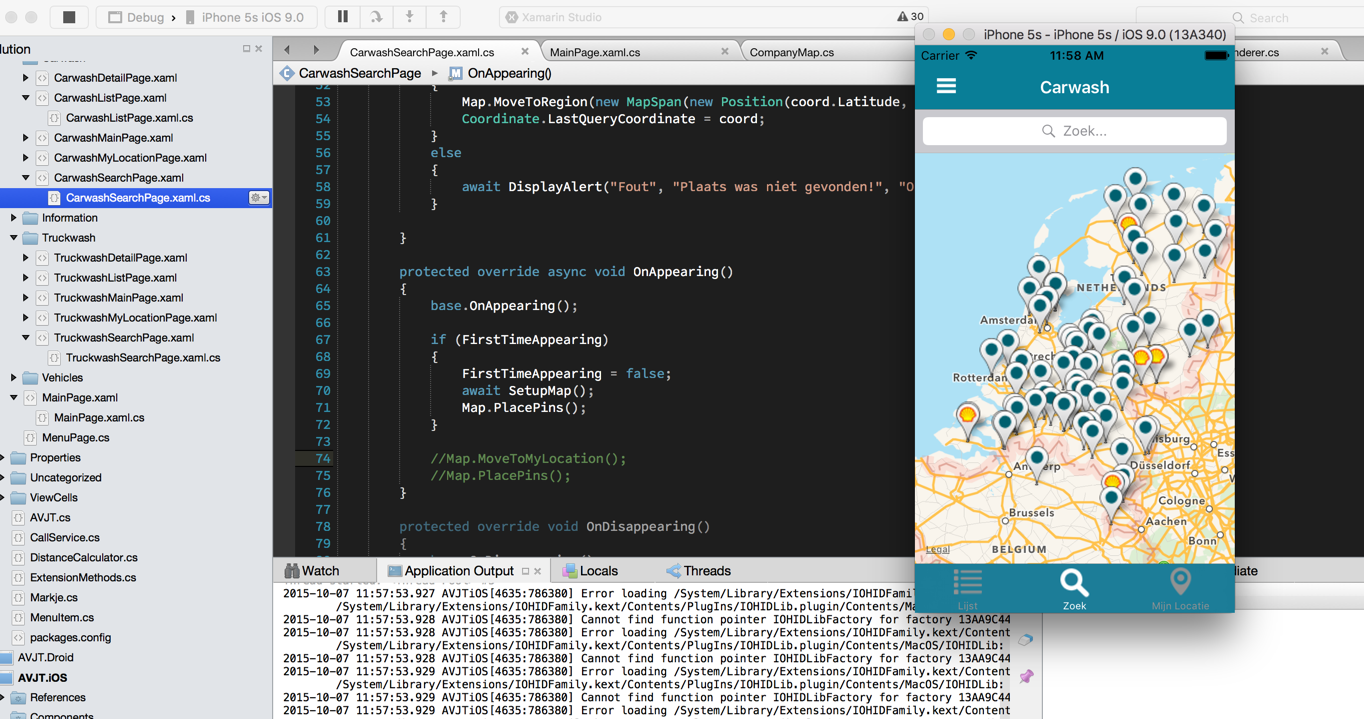
Fortunately, SpriteKit comes with a physics engine baked in. You don't want a bullet that does not follow a specific trajectory, a ball that does not jump when it hits the ground, and other such amateurish effects. Physics - If you want a game that behaves realistically, you need to add a physics engine.
#XAMARIN CCMENU EXAMPLES CODE#
Further, if a particular action is not defined, you can always create a custom block of code to form your own action and manipulate that object. Some of the most common actions presented are: move, fade, scale, resize, rotate, animate with textures, and group actions. Apple designed the action system in an intuitive fashion, and it allows you to do almost anything.

Xcode 5 now also provides support for texture packs and particle design. fire, smoke, etc.), Animations, Physics Simulation, Audio, Video, and Visual Effects. The functionality provided by SpriteKit includes Sprites, Shapes, Particles (e.g.


Now, with the introduction of SpriteKit, developers need look no further than the native SDK to find everything they need to be able to build great 2D and 2.5D games. Driving the success of these games are several common characteristics: beautiful graphics, particle effects, a physics engine, seamless animation, and compelling sound effects.īefore the release of the iOS 7 SDK, building games like these was only possible with the use of third-party frameworks and engines. Some iconic titles in this category include Angry Birds, Tiny Wings, and Cut the Rope. Of all the available games in the App Store, many of the most downloaded and most profitable are 2D games. SpriteKit is one of the most exciting new technologies available with the iOS 7 SDK and Xcode 5, but how does it compare against an established game engine like Cocos2D? This tutorial will provide a brief introduction to SpriteKit before taking a comprehensive look at how it stacks up against Cocos2D.


 0 kommentar(er)
0 kommentar(er)
